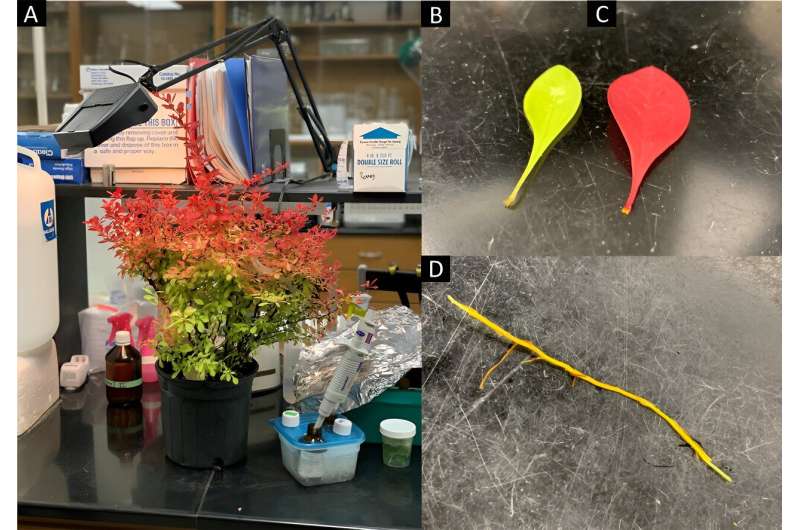Researchers at North Carolina State University have released a groundbreaking study that offers new insights and guidelines for the accurate estimation of plant genome size using flow cytometry. This research revisits long-held assumptions, identifies sources of variation, and establishes best practices and reference standards to enhance the precision and reliability of genome size estimation. The study critically examines the methodologies used and provides guidelines to address inconsistencies and improve accuracy. Flow cytometry has been widely used to estimate relative and absolute genome sizes of plants for decades, but this latest research aims to take the process to new levels of precision.

Delving Into The Mysteries Of Plant Genome Size Estimates
Flow cytometry serves as a useful tool for estimating plant ploidy and relative genome size, applications important for researchers, breeders and other biotechnologists. However, these are very rough estimates and due to some factors of uncertainty, the accuracy can be highly variable.
The latest research to emerge from North Carolina State University investigates how sources of variation and error can arise with plant flow cytometry via the careful manipulation/selection of specific factors including fluorochrome, extraction buffer, plant tissue type and reference standards. This paper provides a detailed insight in to the extent of effect these can have on estimates of genome size and highlights that they have potential to contribute ±29% error.
Standardizing References and Refinement of Field Methods
This study highlights the requirement for re-evaluating the current genome sizes of popular reference standards. Results of the obtained reference genome size for human male leukocyte Reference Standard – a standard widely used in plants flow cytometry, showed it has been overestimated by 12.14% other studies. This finding underscores the significance of utilizing proper and recent reference standards when it comes to determining the genome size.
Furthermore, the research is reviewing how to flow cytometry is affected by fluorochromes, extraction buffers and plant metabolites. Here, the researchers offer essential advice and recommendations to tackle these sources of variation and provide valuable help for other researchers and practitioners for optimal experimental designs and accurate genome size estimations.
Realizing the Potential of Flow Cytometry in Plant Breeding and Biotechnology
The findings of this study have large implications for a variety of applications, such as plant breeding, genetic mapping, and biodiversity studies. In these areas, the exact determination of genome size is invaluable because it provides a means to understanding plant genetics, and ultimately to developing new improved crop varieties.
Even though flow cytometry has not been standardized due to its precision and repeatability, it is important to keep the limitations and potential sources of error in mind, as exemplified here. The guidelines and best practices laid down in this research would enable better confidence in the rationality of plant genome size estimates applied in breeding programs, applications of biotechnology and other fields.
